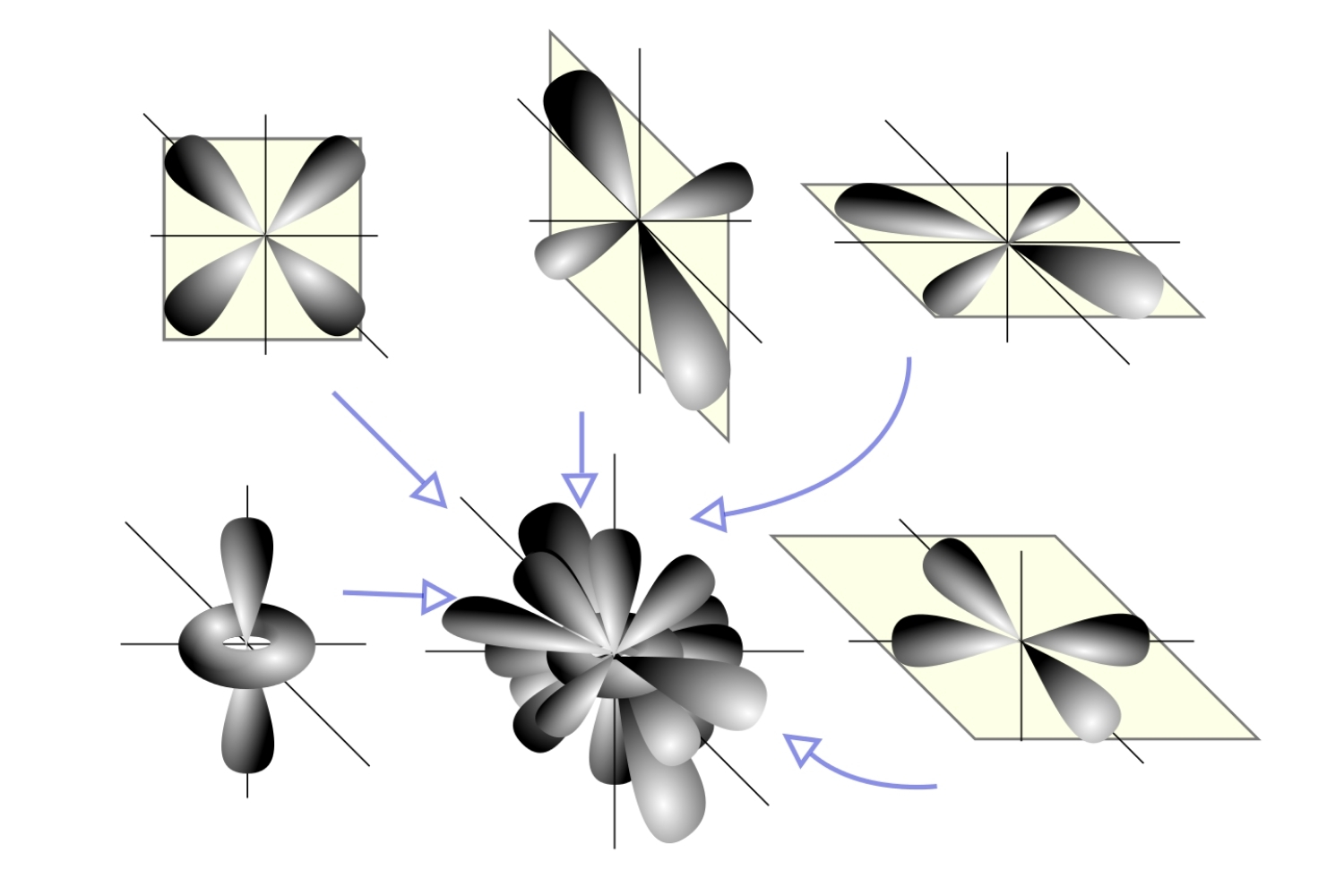
What is Kaluza-Klein Theory? Kaluza-Klein Theory is a fascinating concept in theoretical physics that merges general relativity and electromagnetism. Proposed by Theodor Kaluza and Oskar Klein, this theory suggests the existence of extra dimensions beyond the familiar three-dimensional space and one-dimensional time. Imagine a universe where additional dimensions are compactified or curled up so small that they are nearly undetectable. This idea paved the way for modern string theory and other advanced frameworks in physics. By combining gravity and electromagnetism, Kaluza-Klein Theory aims to provide a unified description of fundamental forces. Intrigued by the mysteries of the universe? Let's dive into 32 captivating facts about this groundbreaking theory!
What is Kaluza-Klein Theory?
Kaluza-Klein Theory is a fascinating concept in theoretical physics. It attempts to unify gravity and electromagnetism by introducing extra dimensions beyond the familiar three spatial dimensions and one-time dimension. Here are some intriguing facts about this theory.
-
Origin Story: The theory was first proposed by Theodor Kaluza in 1921 and later extended by Oskar Klein in 1926.
-
Extra Dimension: Kaluza suggested adding a fifth dimension to Einstein's General Relativity equations.
-
Electromagnetism: Klein showed that the extra dimension could explain electromagnetic forces.
-
Compactification: Klein proposed that the fifth dimension is compactified, meaning it is curled up so small it is unobservable.
-
Mathematical Beauty: The theory is admired for its mathematical elegance, combining gravity and electromagnetism into a single framework.
The Role of Extra Dimensions
Extra dimensions are a cornerstone of Kaluza-Klein Theory. They provide a new way to look at the forces of nature.
-
Hidden Dimensions: The extra dimensions are not visible in everyday life because they are incredibly small.
-
String Theory: Kaluza-Klein Theory paved the way for string theory, which also relies on extra dimensions.
-
Dimensional Reduction: The process of reducing higher-dimensional theories to four dimensions is called dimensional reduction.
-
Gauge Fields: In higher dimensions, gauge fields can emerge from the geometry of the extra dimensions.
-
Quantum Mechanics: The theory incorporates quantum mechanics, making it a precursor to modern quantum field theories.
Impact on Modern Physics
Kaluza-Klein Theory has had a lasting impact on the field of theoretical physics, influencing many modern theories.
-
Unified Field Theory: It was one of the first attempts at a unified field theory, aiming to describe all fundamental forces within a single framework.
-
Supersymmetry: The theory is compatible with supersymmetry, a proposed symmetry between bosons and fermions.
-
Brane World: The concept of brane worlds in string theory is an extension of Kaluza-Klein ideas.
-
Cosmology: It has applications in cosmology, particularly in models of the early universe.
-
Particle Physics: The theory has implications for particle physics, suggesting new particles could exist in higher dimensions.
Challenges and Criticisms
Despite its elegance, Kaluza-Klein Theory faces several challenges and criticisms.
-
Experimental Evidence: There is no direct experimental evidence for extra dimensions.
-
Complexity: The mathematics involved is highly complex, making it difficult to test.
-
Stability Issues: Some solutions to the equations are unstable, leading to physical inconsistencies.
-
Energy Scales: The energy scales required to probe extra dimensions are far beyond current technology.
-
Alternative Theories: Other theories, like string theory and loop quantum gravity, offer different approaches to unification.
Historical Context
Understanding the historical context of Kaluza-Klein Theory helps appreciate its significance.
-
Einstein's Influence: The theory was developed in the context of Einstein's General Relativity.
-
Early 20th Century: It emerged during a period of rapid advancement in theoretical physics.
-
Initial Reception: The theory was initially met with skepticism but gained interest over time.
-
Revival: Interest in the theory revived in the 1970s with the development of supergravity and string theory.
-
Legacy: Despite its challenges, the theory remains a cornerstone in the quest for a unified theory of physics.
Fun Facts
Here are some lighter, fun facts about Kaluza-Klein Theory.
-
Science Fiction: The concept of extra dimensions has inspired numerous science fiction stories.
-
Pop Culture: References to higher dimensions appear in movies, TV shows, and books.
-
Visualization: Visualizing extra dimensions can be challenging, often requiring complex mathematical models.
-
Educational Tools: Some educators use Kaluza-Klein Theory to introduce students to advanced concepts in physics.
-
Interdisciplinary: The theory has applications in mathematics, cosmology, and even philosophy.
-
Artistic Inspiration: The idea of hidden dimensions has inspired artists to create works exploring unseen aspects of reality.
-
Ongoing Research: Researchers continue to explore the implications of Kaluza-Klein Theory, seeking new ways to test its predictions.
The Fascinating World of Kaluza-Klein Theory
Kaluza-Klein Theory has truly reshaped our understanding of the universe. By merging gravity and electromagnetism, it opened doors to higher dimensions and new ways of thinking about space and time. This theory laid the groundwork for modern physics, influencing string theory and other advanced concepts.
Despite its complexity, the core idea is simple: our universe might be more than what we see. This theory encourages us to keep questioning and exploring the unknown. It’s a reminder that science is ever-evolving, with each discovery leading to more questions.
Whether you're a budding physicist or just curious about the cosmos, Kaluza-Klein Theory offers a glimpse into the intricate tapestry of the universe. Keep exploring, stay curious, and who knows? You might just stumble upon the next big breakthrough in understanding our world.
Was this page helpful?
Our commitment to delivering trustworthy and engaging content is at the heart of what we do. Each fact on our site is contributed by real users like you, bringing a wealth of diverse insights and information. To ensure the highest standards of accuracy and reliability, our dedicated editors meticulously review each submission. This process guarantees that the facts we share are not only fascinating but also credible. Trust in our commitment to quality and authenticity as you explore and learn with us.
